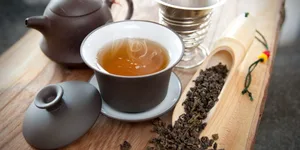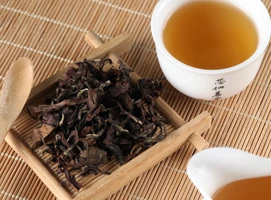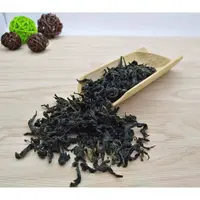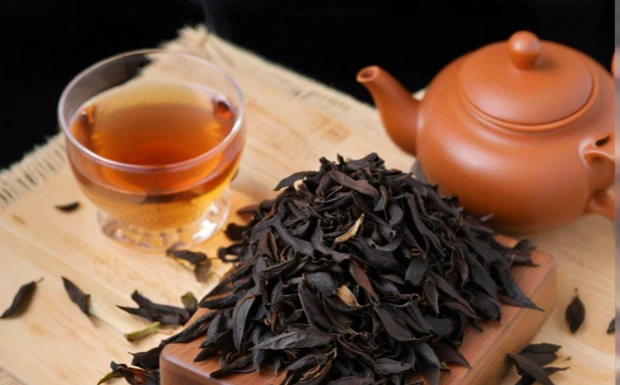

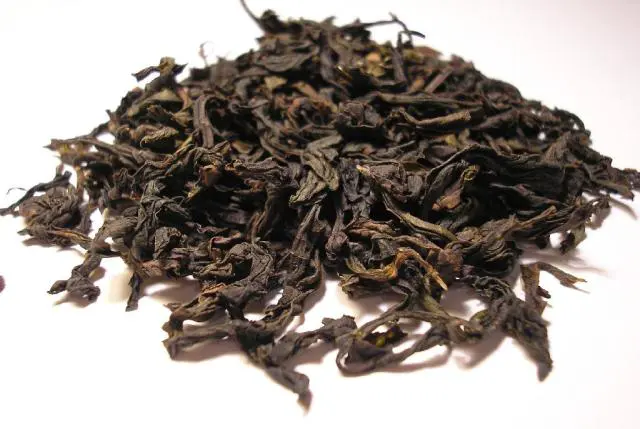
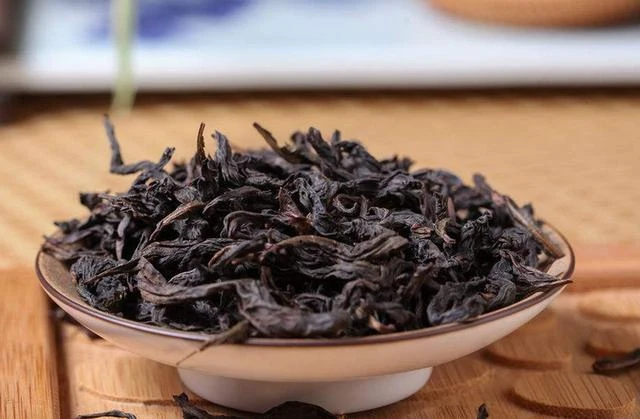
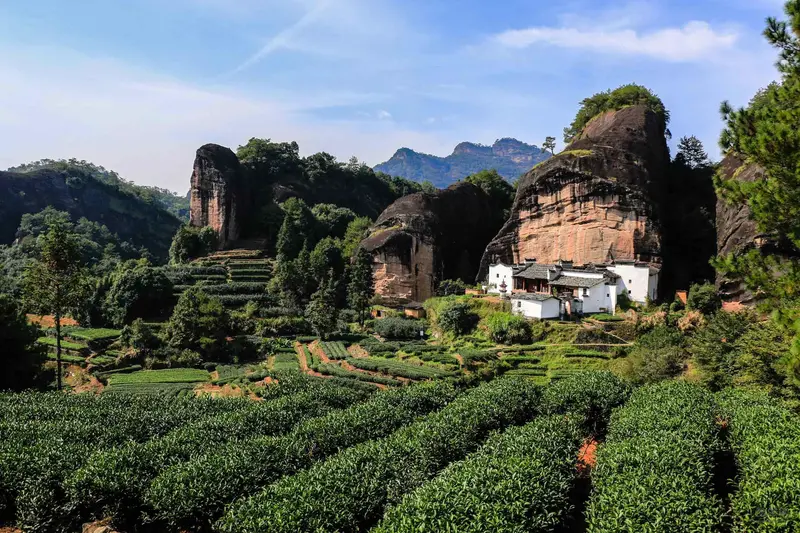
Da Hong Pao (Big Red Robe)
Origin
Fujian
Category
Oolong Tea
Harvest Time
Spring & Autumn
Processing
Oxidation & Roasting
Description
Da Hong Pao (Big Red Robe) is one of the most prestigious and legendary oolong teas in China, originating from the misty Wuyi Mountains of Fujian Province. Known for its complex flavor profile and rich history, it is often considered the 'King of Teas.'
